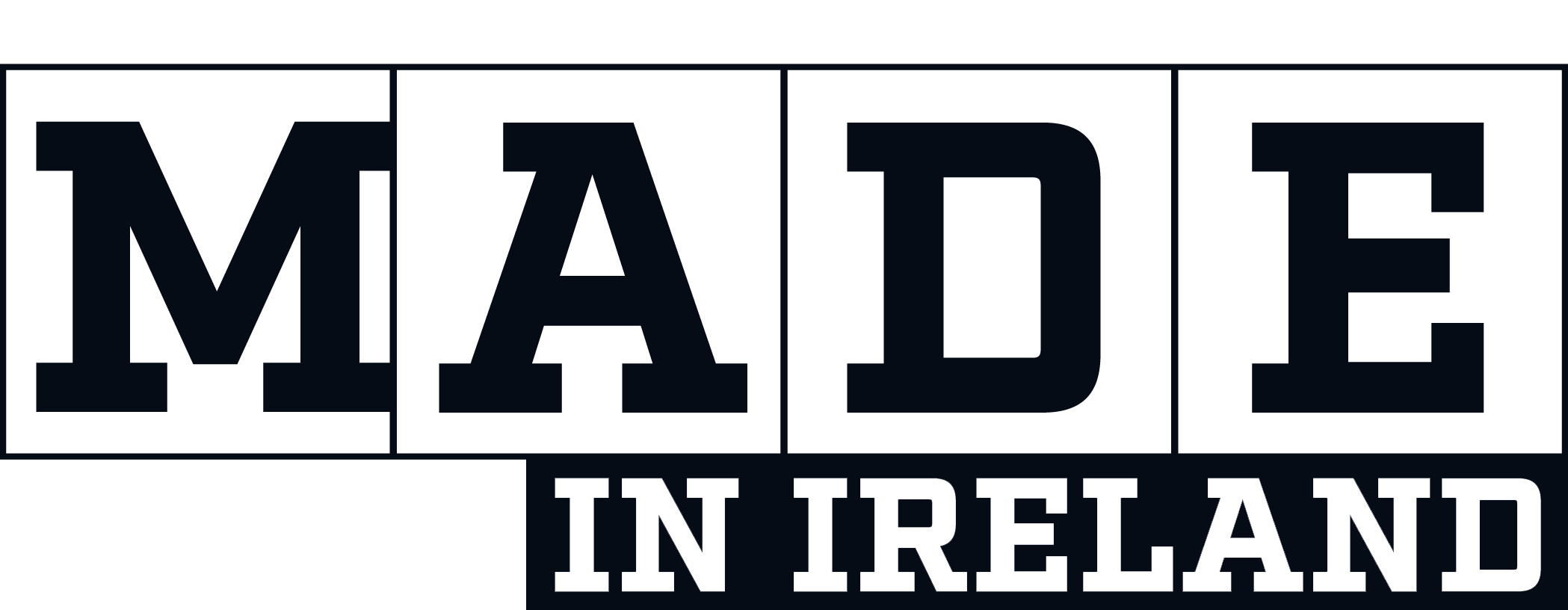With proper knowledge of encoder functionality and the ability to use them, it is possible to increase the company's productivity - in other words, encoders save time and money and improve results.
When applying encoders, selecting the optimum model, and specifying the appropriate configuration are critical for success. Proper encoder selection begins by understanding the role of the encoder in the motion control system.
An encoder allows control of the movement, drive, and operation of individual machine components, and then - most importantly from a business perspective - to optimize operations. There are several variables to consider when choosing an encoder. The most common are mounting style, resolution, output type, frequency response, accuracy, electrical connections. Let’s not forget about the communication protocolwhich is crucial for controller-device synchronization.
EtherNet/IP™ is a widely adopted Ethernet communication network that provides users with the tools to deploy standard Ethernet technology (IEEE 802.3 combined with the TCP/IP Suite) in industrial automation applications. The EtherNet/IP and CIP technologies are managed by ODVA, Inc., a global trade and standards development organization.
EtherNet/IP offers various network topology options including star or linear with standard Ethernet infrastructure devices, or device level ring (DLR) with specially enabled EtherNet/IP devices. Compliance with IEEE Ethernet standards provides users with a choice of network interface speeds – e.g., 10, 100 Mbps and 1 Gbps – and a flexible network architecture compatible with commercially available Ethernet installation options including copper, fibre, fibre ring, and wireless.
Take control of your operations with those two EtherNet/IP- ready absolute encoders...
Absolute encoders provide position information for a rotating shaft within either a single rotation (single turn) or over the course of multiple rotations (multi-turn). The encoder provides a unique digital code or bit for each increment of shaft rotation.
The A58HE and A58SE Models are EtherCAT®, EtherNet/IP™, or PROFINET®-ready, multi-turn absolute encoder designed for heavy duty industrial applications. It is particularly suited to applications where Ethernet-based connectivity is required, and the encoder must retain position information after power-off events. Easily designed into a wide variety of system applications, the Model A58HE plugs directly into your network with minimal provisioning for rapid deployment, facilitating data exchange among myriad networked devices. The Model A58HE retains absolute position information even after a power loss, facilitating speedy system recovery at start-up without the need for system rehoming.
Encoders are indispensable wherever precise measurement and supervision of speed, direction of travel, distance travelled, and position of mechanical elements or number of rotations performed is necessary. In any case, the encoder invariably affects the proper and efficient functioning of machines and systems. It is therefore a small investment in great profits of enterprises.
BEPC encoders are increasingly becoming the basic elements of automation systems due to the wide applicability but also the effects of their use. They are used, among others, in:
If you still have questions as to how an encoder works in your specific application, please feel free to contact our motion control experts, send an email at sales@encoder.co.uk , we are here to help!











